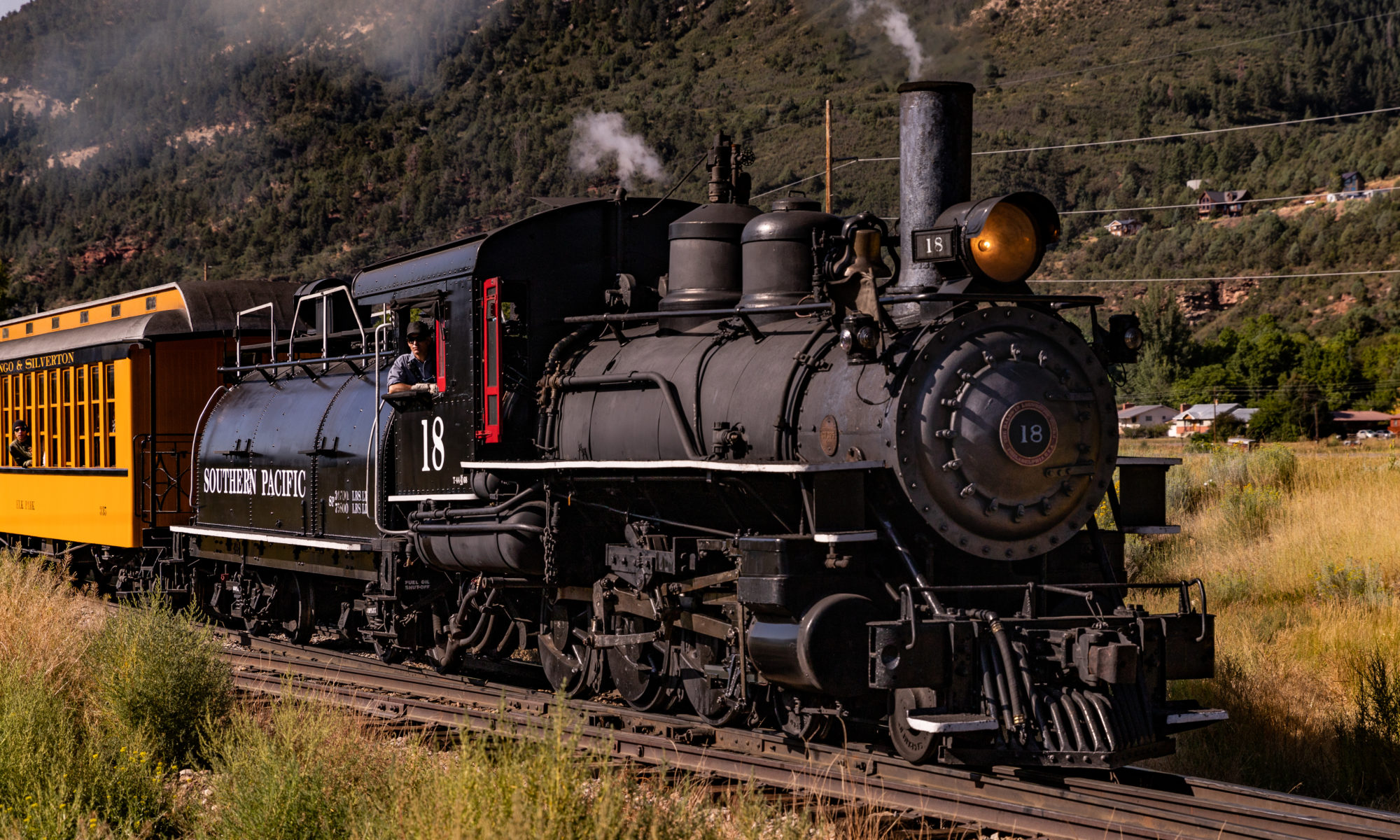Very high quality marble (dolomite) was first discovered in the Owens Valley in the mid 1880s. The Carson & Colorado railroad attempted to organize a company to mine it but failed. A new company – Inyo Marble Co. with J.M.Keeler as President and Israel Luce as superintendent – took over and, by 1887 or 1888, was successfully quarrying and selling sawed blocks. Initially all work on the stone was done locally but, after awhile, the company realized it was cheaper to ship the rough dressed blocks to Marmol, on the Truckee river 18 miles south of Reno, for final dressing (Marble was quarried near Keeler, shipped to Moundhouse via the Carson and Colorado Railroad, then to Reno via the V and T, and then to Marmol on the CPRR. The Marmol plant was run by water power which was cheaper than the 100 HP steam plant formerly used at Dolomite).
Carson & Colorado put in 3 spurs – at Aliso (Alico? Alco?) where the earliest quarries were located, at Dolomite where the marble company had its machinery, and at Mock the southernmost quarry – to handle shipments.
Nothing remains of the Aliso spur but the gigantic glory hole shown in a recent picture identifies its location. The operation was not as big as you might think. The size of the hole is a result of a tunnel collapse in the 1960’s.




The Mock spur is the best preserved. The old road bed and many of the ties are still evident…and the works at the base of the mountain are still there.
Most of the marble was pure white but beautiful yellows, blacks, greys, and mottled types were also found.

 Sometime in the late 1880s, Darius Ogden Mills, one of San Francisco’s most successful bankers as well as founder and owner of the Virginia & Truckee and Carson & Colorado railroads, decided to build a truly monumental skyscraper in his home town (the linked article is from the San Francisco Chronicle, October 18, 1890, page 10. Thanks to the San Francisco public library for the photocopy, and to Jacob, head librarian at the Mills Building, for pointing me to it). In 1890 he purchased 200 carloads of mostly pure white marble for this purpose. When the building was finished, in 1892, it was the tallest building in the West. Certainly, a man as rich as Mills must have had the entire construction process photographed but – so far – we have been unsuccessful in locating any of the photos. Perhaps they were lost when the building was gutted by fire after the 1906 quake. We are still trying to find them.
Sometime in the late 1880s, Darius Ogden Mills, one of San Francisco’s most successful bankers as well as founder and owner of the Virginia & Truckee and Carson & Colorado railroads, decided to build a truly monumental skyscraper in his home town (the linked article is from the San Francisco Chronicle, October 18, 1890, page 10. Thanks to the San Francisco public library for the photocopy, and to Jacob, head librarian at the Mills Building, for pointing me to it). In 1890 he purchased 200 carloads of mostly pure white marble for this purpose. When the building was finished, in 1892, it was the tallest building in the West. Certainly, a man as rich as Mills must have had the entire construction process photographed but – so far – we have been unsuccessful in locating any of the photos. Perhaps they were lost when the building was gutted by fire after the 1906 quake. We are still trying to find them.
Inyo Marble Co. was only sporadically successful and by 1912 had been abandoned. A new company of the same name tried again for a few years later.
A few pictures of the operation exist. Here is Al Staudinger, foreman, shown at his shop around 1900. You can see the tracks of the Dolomite spur in the photo on the left.
Beginning in 1915 dolomite was sold to the mills around Keeler to be burned for its carbon dioxide. This became the principal business of the company and continued for 30 years.
At present FW Aggregates sells crushed marble for garden use.



You must be logged in to post a comment.